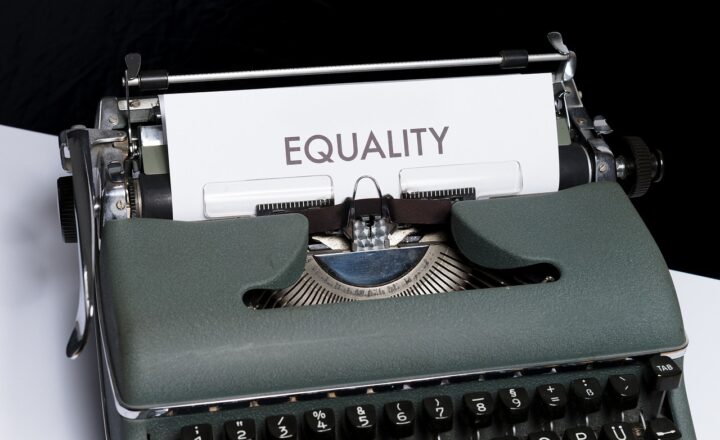Why Everyone Wanted to Be a Skater in the 90s: The Rise of Tony Hawk and X Games
November 12, 2024

The 1990s marked a cultural shift where skateboarding transformed from a niche sport to a mainstream phenomenon. Fueled by iconic figures like Tony Hawk and events like the X Games, this era captivated the youth and redefined social norms surrounding sports and lifestyle. In this article, we’ll explore the rise of skateboarding in the 90s, the pivotal role of Tony Hawk, and the impact of the X Games on skate culture.
1. The Birth of a Subculture: Skateboarding Before the 90s
Before skateboarding blossomed in the 90s, it was primarily viewed as a countercultural activity. Originating in California in the 1950s, skateboarding began as a pastime for surfers looking to ride on land. Throughout the 70s and 80s, it evolved with the emergence of skate parks, professional competitions, and a growing community. However, it struggled to gain mainstream recognition.
The sport had its die-hard fans, yet outsiders often viewed skaters as rebellious and nonconformist. The skateboarding community was small, heavily influenced by punk music, graffiti art, and alternative lifestyles.
Skateboarding’s visibility began to change in the late 80s, notably due to the popularity of the “Bones Brigade,” a skateboarding team that featured legends like Tony Hawk, Steve Caballero, and Rodney Mullen. They brought creative tricks and styles to the forefront, laying the groundwork for what was to come in the 90s.
2. Tony Hawk: The Icon of Skateboarding
Tony Hawk emerged as the face of skateboarding in the 90s, promoting the sport through his exceptional skills and charisma. Born on May 12, 1968, he began skating at an early age and quickly rose through the ranks of amateur competitions.
Hawk became a household name after completing the first-ever 900° aerial maneuver (a two-and-a-half rotation in the air) at the 1999 X Games. This landmark stunt not only solidified his status as a skateboarding pioneer but also ignited interest in skateboarding across the globe.
In addition to his impressive tricks, Hawk brought a level of professionalism to skateboarding that attracted sponsorships, endorsements, and media attention. His business ventures, including the release of successful video games under his name—Tony Hawk’s Pro Skater—introduced skateboarding to an even wider audience. Hawk didn’t just represent a sport; he embodied a lifestyle that resonated with countless youth eager for expression and identity.
3. The X Games: A New Era for Extreme Sports
The introduction of the X Games in 1995 marked a pivotal moment for skateboarding. This extreme sports competition showcased not only traditional sports but also activities like skateboarding, BMX, and in-line skating. The event brought skateboarding into the limelight, granting it the recognition it deserved.
The X Games program featured thrilling competitions, where skaters performed astonishing tricks in front of large audiences and television viewers. It served as a platform for aspiring skaters to showcase their talents, creating new idols and inspiring many young people to pick up a board. This cultural phenomenon contributed significantly to skateboarding becoming a widely accepted and celebrated sport.
4. The Lifestyle: Fashion, Music, and Subculture
Skateboarding was more than just a sport; it became a phenomenon that influenced music, fashion, and lifestyle choices. The 90s introduced an array of skate brands, including Element, Baker, and Enjoi, which represented the rebellious spirit of skating. Baggy jeans, graphic tees, and skateboard shoes became the apparel of choice—adopted by skaters and non-skaters alike.
Music genres such as punk, grunge, and hip-hop played integral roles in shaping skate culture. The soundtracks for skateboarding videos and competitions introduced both established and emerging artists to wider audiences, merging the worlds of music and skating.
This fusion created a vibrant community built on mutual respect for creativity and individuality. Skateboarding became a form of art, allowing the youth to express themselves and connect with others who shared similar interests.
5. The Lasting Impact of the 90s Skate Culture
The skate culture of the 90s laid the foundation for what skateboarding is today. The rise of skate parks, increased brand sponsorships, and the proliferation of skate videos contributed to expanding the community. The sense of identity that skateboarding fostered resonated deeply with the youth of that era.
Moreover, the legacy of the 90s can be felt today with skateboarding being represented at the Olympic Games, which first included it in Tokyo 2020. The acceptance and acknowledgment of skateboarding as a legitimate sport signify how far it has come since its underground origins.
In pop culture, figures like Tony Hawk remain influential and continue to promote skating as an active lifestyle that embraces inclusion and innovation.
Conclusion: The Timeless Appeal of Skateboarding
The 90s were a transformative period in the history of skateboarding, driven by the charm of Tony Hawk and the explosion of the X Games. Today’s generation still feels the reverberations of that era, reflected in skate culture’s enduring appeal and its ability to transcend age and demographics.
Whether through social media, video games, or local skate parks, the essence of skateboarding continues to inspire new generations to take up the board and embrace the camaraderie, creativity, and freedom that comes with it. So, the next time you see someone on a skateboard, remember they might just be channeling the spirit of the 90s—an era when everyone wanted to be a skater.







